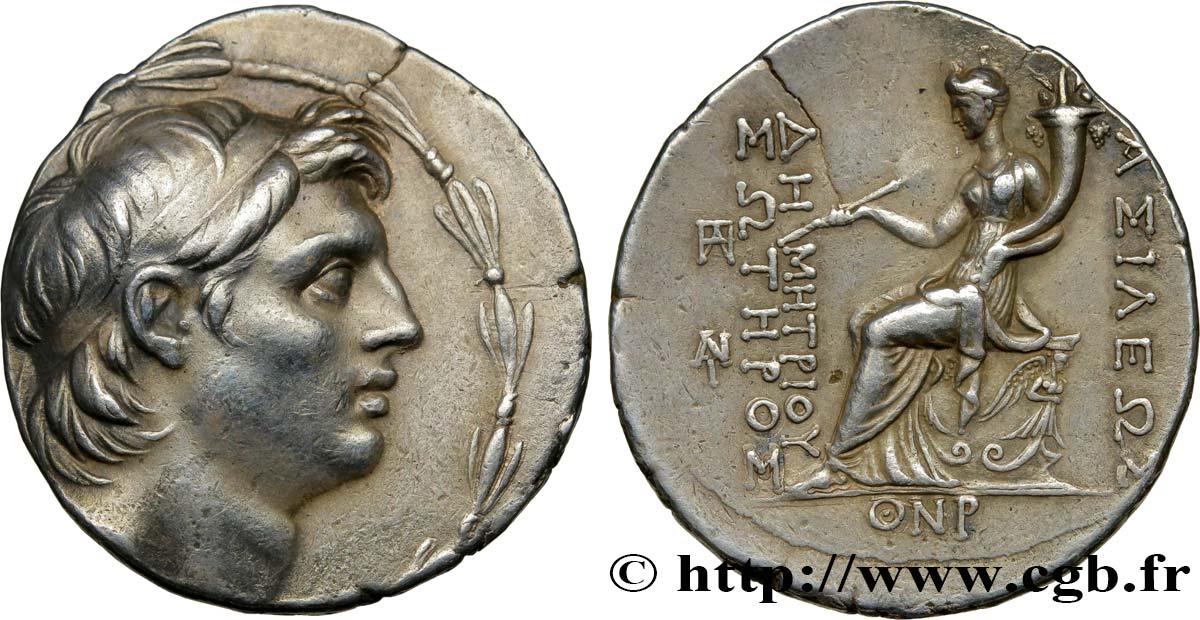Back 1/1
Live auction - bgr_372392 - SYRIA - SELEUKID KINGDOM - DEMETRIUS I SOTER Tétradrachme
You must signin and be an approved bidder to bid, LOGIN TO BID. Accounts are subject to approval and the approval process takes place within 48 hours. Do not wait until the day a sale closes to register. Clicking on "BID" constitutes acceptance of the terms of use of cgb.fr private live auctions.
Bids must be placed in whole Euro amounts only. The sale will start closing at the time stated on the item description; any bids received at the site after the closing time will not be executed. Transmission times may vary and bids could be rejected if you wait until the last second. For further information check the Live auction FAQ
All winning bids are subject to a 18% buyer’s fee.
All winning bids are subject to a 18% buyer’s fee.
| Estimate : | 950 € |
| Price : | 790 € |
| Maximum bid : | 810 € |
| End of the sale : | 15 December 2015 14:21:25 |
| bidders : | 3 bidders |
Type : Tétradrachme
Date: an 159
Mint name / Town : Antioche, Syrie, Séleucie et Piérie
Metal : silver
Diameter : 31,5 mm
Orientation dies : 12 h.
Weight : 16,48 g.
Rarity : R1
Coments on the condition:
Exemplaire sur un flan ovale, très large,bien centré au revers, légèrement décentré au droit sur la couronne. Tête large de Démétrius Ier avec une couronne fournie. Revers de style fin. Jolie patine de collection ancienne avec des reflets dorés
Catalogue references :
Predigree :
Cet exemplaire provient du stock de Numis’Aisne en 2002 et de la collection François Charrin
Obverse
Obverse legend : ANÉPIGRAPHE.
Obverse description : Tête diadémée de Démétrius Ier à droite entourée d’une couronne de laurier.
Reverse
Reverse description : Tyché, drapée assise à gauche sur un trône, tenant de la main droite un sceptre et de la gauche une corne d'abondance ; le pied du siège est formé par une Niké.
Reverse legend : BASILEOS/ DH-MHTRIOU/ SWTHROU/ (PA)/ (ANI)/ QNR
Reverse translation : (du roi Démétrius sauveur).
Commentary
Ce type se rencontre dans le trésor des environs de Baghdad (IGCH 1778) et celui de Kabala (IGCH 1737).








 Report a mistake
Report a mistake Print the page
Print the page Share my selection
Share my selection Ask a question
Ask a question Consign / sell
Consign / sell
 Full data
Full data















